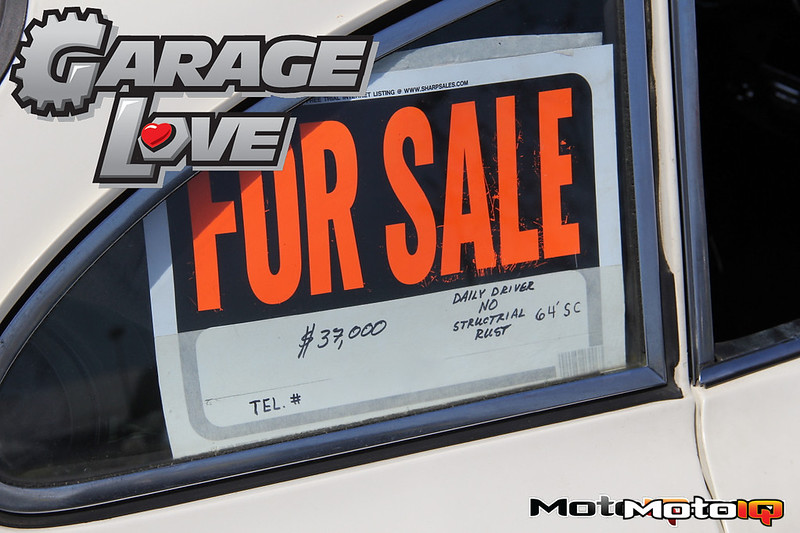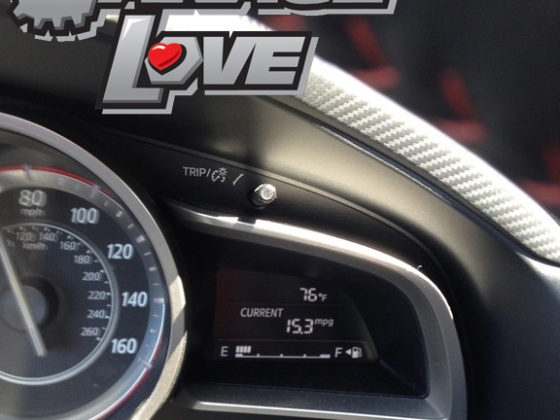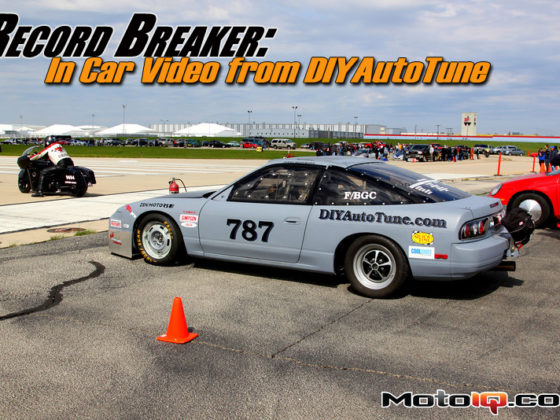,
 Plenty of money has been made by buying Subarus from Southern climates and transporting them North into the Rust Belt.
Plenty of money has been made by buying Subarus from Southern climates and transporting them North into the Rust Belt. Thanks to the Internet, you can search for cars around southern airline hubs like Atlanta. Find something that will sell in your area, book an inexpensive one-way flight and go get it. You can even do that both ways. Find a car that’s not selling in the North (like two-wheel drive trucks) drive them down to the South where they have higher resale. Replace it with something all-wheel drive for the return leg.
One Problem At A Time
Part of the skill in car flipping is recognizing the problems that a potential car might have. It’s a good idea to look at cars that don’t have multiple problems—even if they are simple. Does it need a timing belt? That’s fine—you can budget for that work easily enough. But start adding in other problems and the potential for breaking the budget grows exponentially.
 Well, that's good—at least it doesn't have structural rust. Rust of any kind is bad news for a quick-flip scenario.
Well, that's good—at least it doesn't have structural rust. Rust of any kind is bad news for a quick-flip scenario. Again, the advantage of specialization and familiarity is that you can recognize these problems and walk away if you need to. Even something as simple as bald tires can quickly blow the budget, especially if you’re working in the low-budget end of things.
Consider Parts or Assemblies
What if you have a great deal about a certain make and model of car, but don’t have the room or time to buy and sell them? You should consider just buying and selling the parts that break frequently. An excellent example of this is the folks that have specialized in rebuilding timing tensioners or even the VANOS variable valve timing systems for sale on marque-specific message boards and eBay.
 If you're good with your hands, you can rebuild a brake caliper in minutes. These were treated with a cadmium plating during the rebuild process—turning $30 in materials into a rebuilt cailper set worth a few hundred bucks.
If you're good with your hands, you can rebuild a brake caliper in minutes. These were treated with a cadmium plating during the rebuild process—turning $30 in materials into a rebuilt cailper set worth a few hundred bucks. You can set up a small bench in your garage for a near-assembly line process. Buy the parts in a junkyard, clean them up, install new seals or wear items, reassemble and package up for someone to bolt on their car. Sure, you’re not making thousands of dollars at a time, but the risks are also much smaller. Profits would be smaller, but incremental sales can add up quickly.
Like any commodity product, cars can be a source of vast income. You can start small by buying, fixing and selling cars and parts in your spare time. The magic of the process is to be smart in your buying and realize that you’re not fixing the car for you. The car’s emotional value is only important to the buyer you will find for it.



